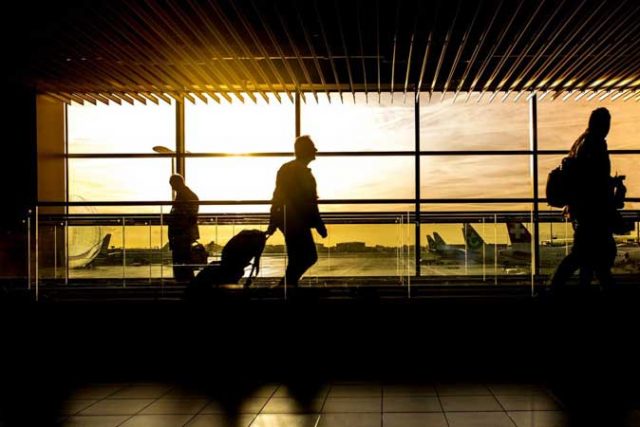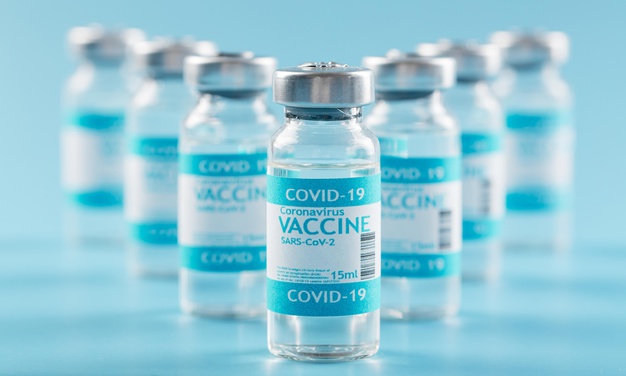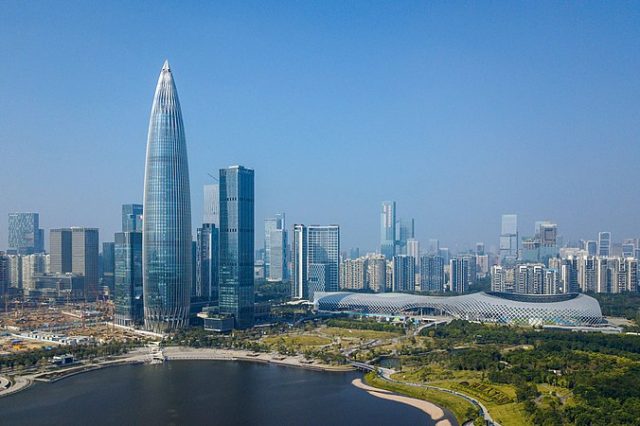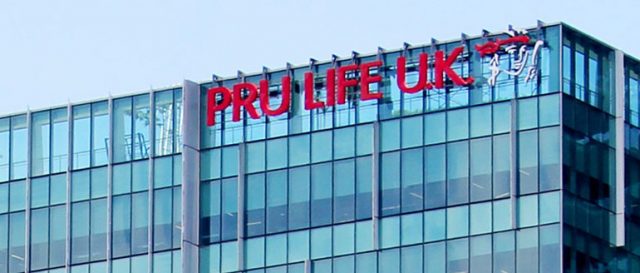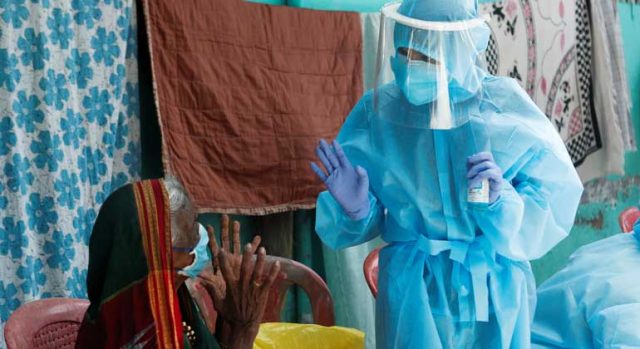Fans return to watch Manchester City-Tottenham final at Wembley

LONDON — It almost felt like old times at Wembley on Sunday as a crowd of 8,000 watched Manchester City beat Tottenham Hotspur in the League Cup final — the biggest attendance at a UK sporting event since the COVID-19 pandemic struck.
As part of the British government’s Events Research Program (ERP), the final was being used as a pilot event to test the safe return of supporters.
And while the 2,000 fans permitted from each club, plus 4,000 local residents, looked a little lost in the vast expanses of the 90,000-seater stadium, the sound of them making their voices heard was an uplifting one.
For more than a year, England’s stadiums have fallen silent, apart from a brief window late last year when small crowds were allowed before a deadly resurgence of the coronavirus.
It has been a dispiriting time for the game, with fans forced to watch at home from their sofas with artificial crowd effects pumped in to create a sense of normality.
But the sound of fans singing their songs at Wembley offered hope of better times ahead as Britain’s vaccine rollout continues to drive down deaths and infections from the virus.
City’s fans were wedged into one corner while Tottenham’s were at the other end. There were also 4,000 local residents and NHS workers in attendance with all those present having had to present proof of a negative coronavirus test.
Outside the stadium before kickoff, the atmosphere was good-natured with some rival fans joining together to protest the now-doomed European Super League. Mounted police ensured social distancing was adhered to.
Once inside the old rituals began after a poignant rendition of the national anthem from 92 NHS workers played out on Wembley’s giant video screens.
As has been repeated regularly in this seismic week for the sport following the Super League fiasco, the game is nothing without fans.
Both sets were quickly back in the old groove.
The announcement of the respective starting lineups was booed by the opposing fans, while there was plenty of industrial language hurled towards opposing players and match officials once the showpiece game kicked off.
Aymeric Laporte’s header sealed victory for City and their fans serenaded the players in the corner after the trophy was presented to captain Fernandinho — an outpouring of pent-up joy after the dark months of the past year.
It was clear what the support meant to City’s players as they joined in singing the club’s anthem Blue Moon.
City midfielder Riyad Mahrez summed up the mood.
“They made a massive difference, 8,000 was amazing and we look forward to having more of them back,” he said.
For Tottenham’s contingent, however, the day was a case of the same old story as it trooped before its team had even received its runner-up medals — reflecting on another disappointment and the continuation of a trophy drought stretching back to 2008.
Next month’s FA Cup final is expected to have 21,000 fans present while Wembley hopes to have at least 22,500 at the eight Euro 2020 games it will stage this year. — Reuters



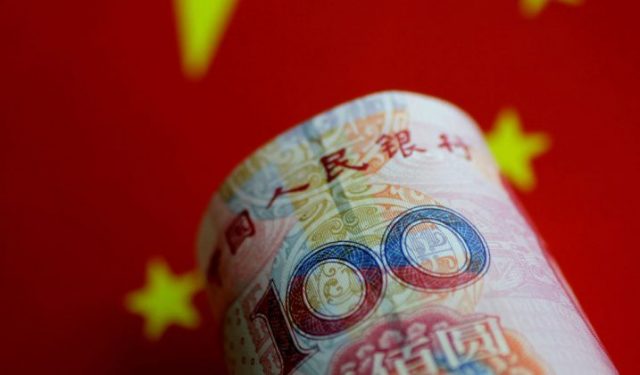
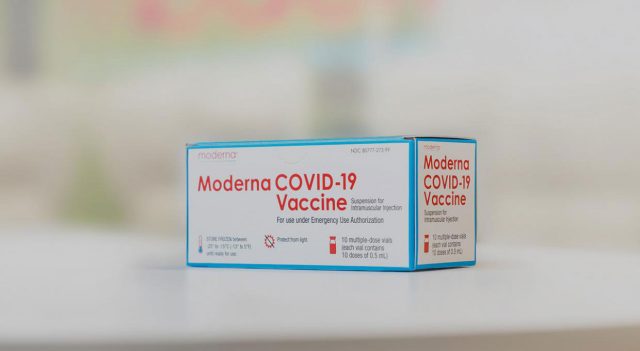

 These staggering figures have given rise to the importance of mental health support platforms that people can easily access. Thus, NGF also partnered with telehealth service integrator HealthNow to give the public more ways to reach the hotline. With the partnership, Hopeline can now be accessed in the HealthNow app’s Urgent Help button which can be found on the app’s welcome page.
These staggering figures have given rise to the importance of mental health support platforms that people can easily access. Thus, NGF also partnered with telehealth service integrator HealthNow to give the public more ways to reach the hotline. With the partnership, Hopeline can now be accessed in the HealthNow app’s Urgent Help button which can be found on the app’s welcome page.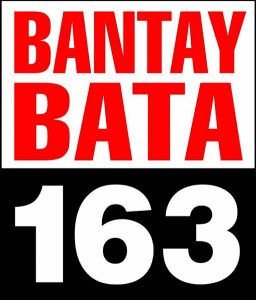 Globe likewise continues to support the ABS-CBN Foundation, Inc.’s Bantay Bata #163 Helpline, which is free for all Globe and TM mobile phone users. It allows anyone to report child abuse especially during this period when children are at home most of the time. To call, simply dial #163.
Globe likewise continues to support the ABS-CBN Foundation, Inc.’s Bantay Bata #163 Helpline, which is free for all Globe and TM mobile phone users. It allows anyone to report child abuse especially during this period when children are at home most of the time. To call, simply dial #163.